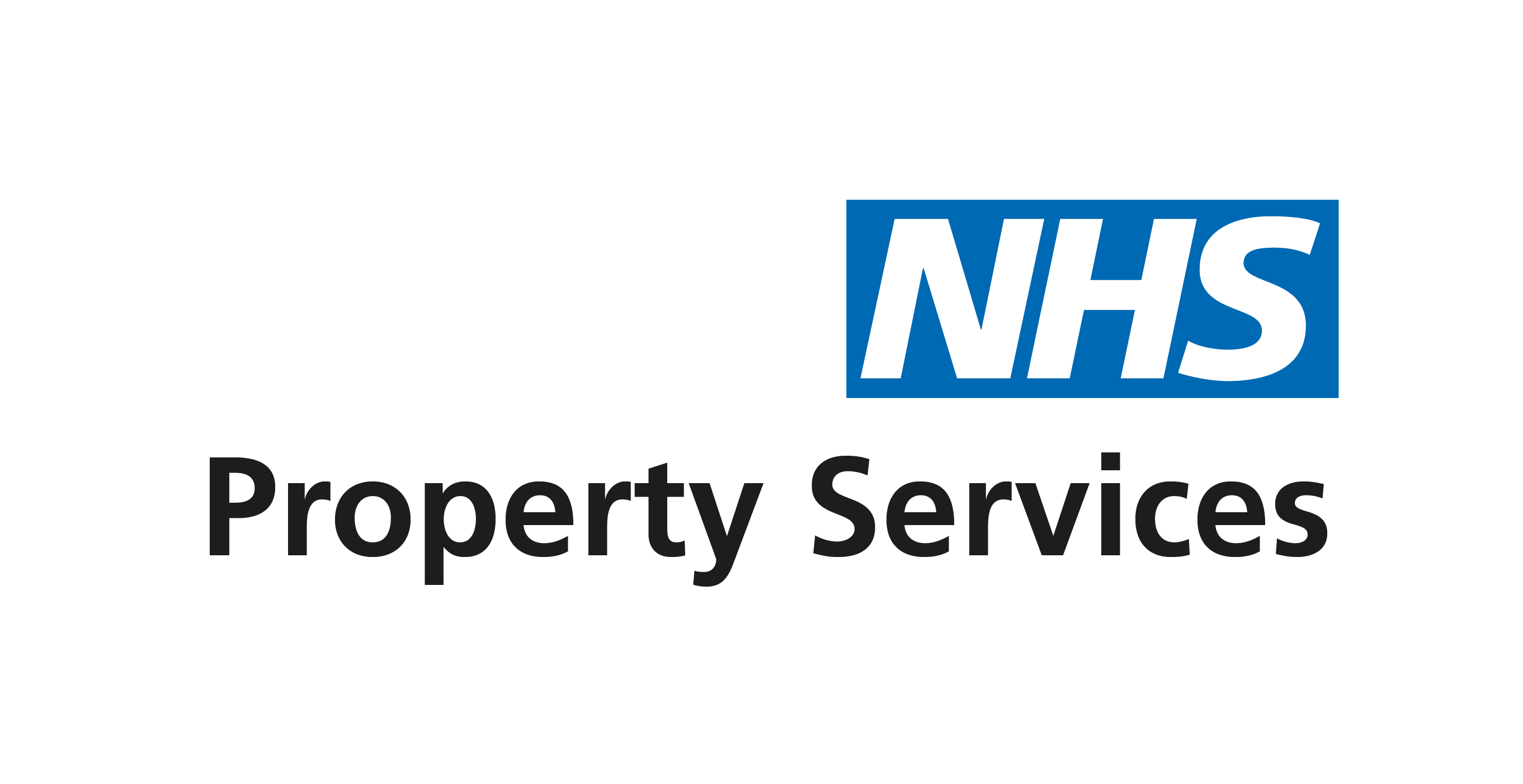FAQs
1. Who owns the site?
In July 2018 the Department for Health and Social Care (DHSC) purchased five plots of land in Whitechapel from Barts Health NHS Trust, to support the development of a life science cluster, building on the shared vision of our local partners at the Royal London Hospital and Queen Mary University London.
2. Is DHSC preparing to sell the sites?
DHSC has instructed NHS Property Services (NHS PS) to secure planning consent to develop the five sites, the majority of which are vacant or on short term leases and no longer fit-for-purpose. Our vision is to transform a series of out-dated buildings and empty sites around the Royal London Hospital, creating a vibrant masterplan that provides space for a range of life science and complementary occupiers, as well as supporting uses including café and community uses. The development has the potential to generate thousands of jobs and our plans include improving the streets and public spaces in the local area. This pioneering project will deliver benefits for the local community, researchers and entrepreneurs.
To secure best value for the land and generate much needed revenue to reinvest back in to the NHS, NHS PS intends to market the site with planning permission for a life science masterplan. The site will then be sold to a developer with the required experience to deliver the masterplan.
3. Why are you not developing the site yourself?
DHSC’s plan on buying the sites was to seek planning permission to support the development of a masterplan suitable for life sciences and complementary uses. We will be selling to a developer with the required experience to deliver the masterplan. It is not within the scope of NHS PS to develop the site, or any other site owned by or purchased by DHSC. We are a government-owned company which exists to support the NHS to get the most from the estate.
4. Could the sites be used by the NHS, for example as an extension to the Royal London Hospital?
The Royal London Hospital opened its new building in 2012, replacing out of date buildings with modern medical facilities. These left-over sites were previously owned by Barts Health NHS Trust until 2018, when DHSC purchased them. The sites are mostly vacant or on short term leases, and the existing buildings are not fit-for-purpose to meet the standards of modern medical facilities.
5. How can you be sure the buyer will let the new buildings to life science tenants? Could they submit a revised planning application in the future which drastically changes these plans?
The sites will be marketed and sold with planning consent for life sciences buildings, and the purchase of Plot C by QMUL further supports the vision for this area to become a life sciences cluster. It is one of the largest research investments in Queen Mary’s history and reinforces their continued commitment to the health, wellbeing and economic success of the east London community, and to the advancement of world-leading research and education.
Our overarching vision is to deliver high-quality spaces specifically designed for life sciences, alongside other complementary uses and improvements to the public realm.
6. Why are you focusing on life sciences and not just delivering office buildings?
Life sciences is a fast-growing sector and there is a shared local vision for the Whitechapel area to develop into a life science cluster, with a mixture of small, medium and large commercial life science and knowledge-related companies co-locating with the existing institutions.
To achieve the life sciences vision for the area, secure best value for the land and generate much needed revenue to reinvest back in to the NHS, we intend to sell the sites with planning permission for life science buildings to a developer with the required experience to deliver the masterplan.
Whitechapel has all the ingredients to become a thriving home to a new life sciences community. The foundations are already in place with the Barts Health NHS Trust’s Royal London Hospital and Queen Mary University of London (QMUL) already playing an important role translating research from ‘bench to bedside’. We are working closely with both these well respected and vital local institutions, and their shared life sciences partnership ‘Barts Life Sciences’, to ensure we can successfully deliver on this vision.
As well as the opportunity to co-locate alongside these world-leading institutions and other existing innovation and enterprise operations, Whitechapel offers a large pool of local talent, with Tower Hamlets having one of the fastest growing and youngest populations in the UK. These factors, combined with the excellent transport connections and proximity to the City and the tech cluster at Silicon Roundabout in Old Street, makes Whitechapel an attractive location for a wide range of life science occupiers.
7. Will there be actual labs on site or just offices?
Our buildings will contain flexible space for life science activities, including laboratories, write up and office space, as well as the ancillary supporting uses.
8. How long will this take to build?
After securing planning permission, the land will be sold for development. The duration of construction across the 5 plots will vary depending on the take-up of space and pre-letting commitments. We anticipate that the buildings will be built between 2025 and 2028.
9. Why are you not refurbishing the site to be used for a hospital? / Why are you not building a hospital instead?
The surplus sites were sold by Barts Health NHS Trust in 2018, as they were no longer used or needed by the Royal London Hospital.
We want our plans to breathe new life into the area by transforming the surrounding streets and public spaces and improve the setting of the neighbouring listed buildings. We are focused on ensuring our proposals are designed sensitively to enhance the Conservation Area and have carried out detailed heritage assessments, which will inform our designs.
10. Is there sufficient demand for this kind of life sciences space?
We are aware of the current economic climate and the changing work environment, however there is still a demand, especially for collaborative, life sciences space, with some jobs that are simply not possible to do from home.
Moreover, we are already seeing an increase in the demand for such space in London. It is estimated that 50% additional commercial floor space is needed to support 950,000 new jobs in the UK by 2050.
11. Why did you submit a new planning application in 2023?
This is not a new application. Since submitting a planning application to the London Borough of Tower Hamlets in late 2021, we have been working with planning officers at the Council which has resulted in a series of amendments to the proposals.
We have now submitted these amendments as an addendum to the existing planning application. You can find out more about the changes by click here.

